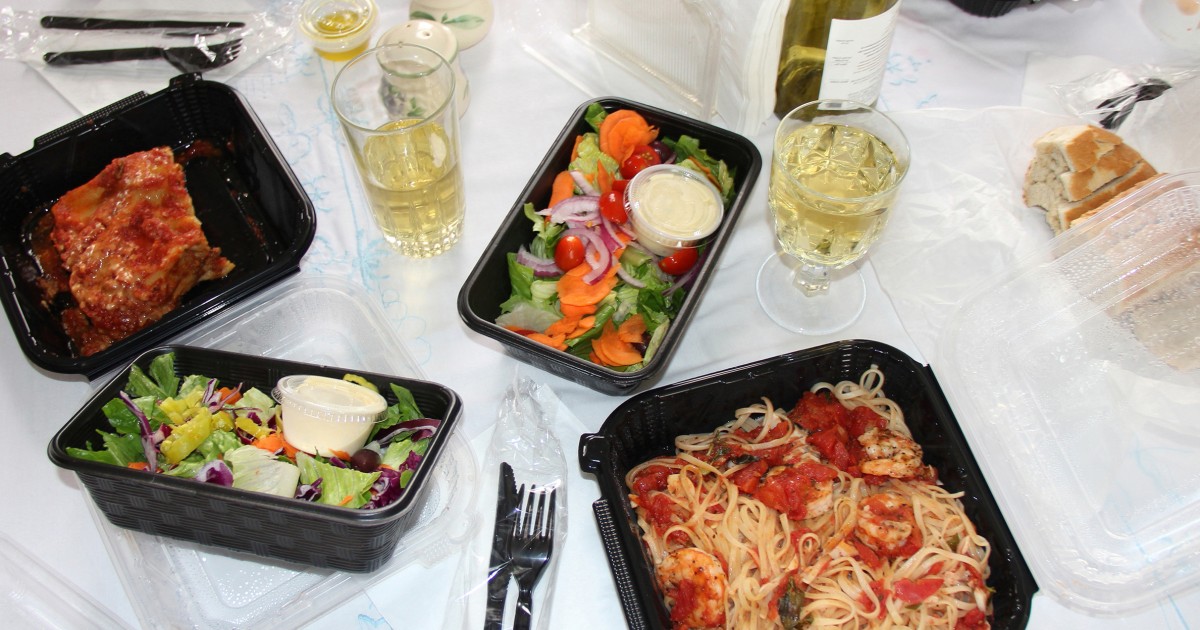- Joined
- Oct 20, 2013
- Messages
- 34,420
- Reaction score
- 16,115
- Location
- daily dukkha
- Gender
- Male
- Political Leaning
- Undisclosed

It doesn't take much for microplastics to leach into food, researchers warn
Scientists have found plastic fragments can shed off cutting boards, takeout containers and even laminated paper cups with each use.
Microplastics are constantly coming off of everyday items like containers and cups, including products we don’t always think of as plastic, according to Victoria Fulfer, a postdoctoral fellow at the University of Rhode Island studying how microplastics get into
“Not only is it packaged in plastic when we buy it from the store, but then we cook it, and we often put it in plastic containers to store it in our fridge, because it’s easy and it’s cheap,” she said. “And that plastic is leaching into our food.”
Fulfer’s research has shown that even tiny plastic particles can amass in large volumes over relatively short periods, reflecting just how widely used plastic materials have become — and how easily they break down. A paper she published in 2023 found more than 1,000 tons of microplastics have built up on the floor of Rhode Island’s Narragansett Bay in just the last two decades.
When Fulfer put hot pasta in a black plastic takeout container and followed the same procedure, she again saw microplastics under the microscope. Even more came off the container and leached into the pasta when she microwaved it in the same vessel.
“Mostly, when a container says ‘microwave safe,’ it means it’s safe for the container to be in the microwave — it’s not going to melt,” said Fulfer. “But that doesn’t mean that it’s safe for you as a person, because microwaving plastic particularly changes the chemical bonds — they make them more weak. And that allows any chemicals that are in those plastics, and also nanoplastics, to leach from that container into the food that you’re heating up.”
A recent study at the University of Nebraska found heating a plastic container in the microwave caused more microplastics and nanoplastics to leach into food than refrigerating the container or keeping it at room temperature.
The problem isn’t just with single-use containers that are meant to be thrown out — already a major source of plastic pollution worldwide. Fulfer also found microplastics when she microwaved peas in a plastic container that was designed to be reusable.
Even products people might not think of as plastic can shed microplastics, Fulfer has found. When she microwaved hot water in a paper cup with a laminated interior, stirred it briefly, filtered it and ran an analysis using lasers, she found polyethylene fragments, a type of microplastic.
